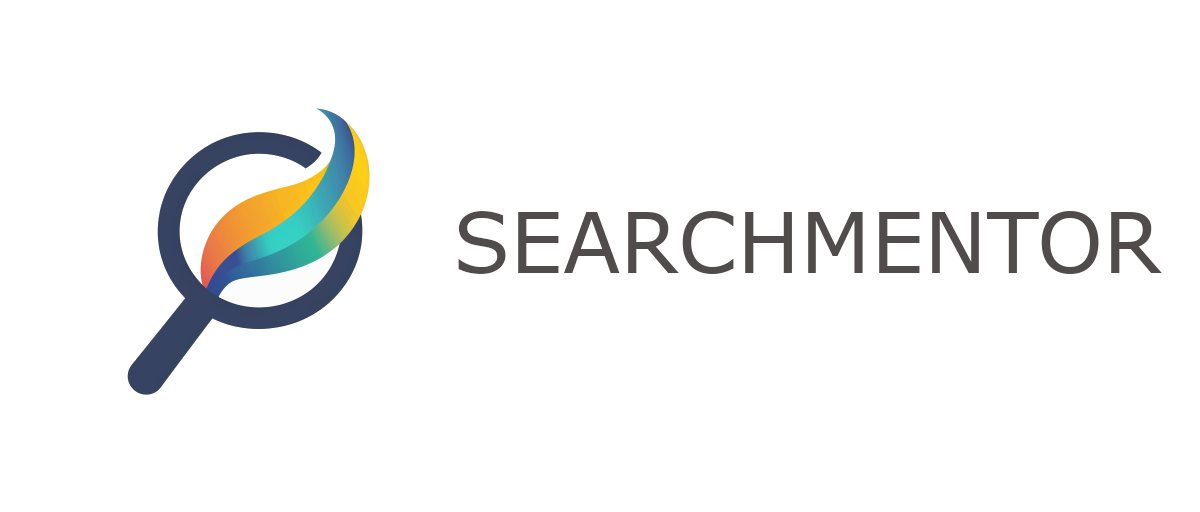In today’s fast-paced, interconnected world, striking a balance between work and personal life is essential for well-being and productivity. Discover proven strategies to achieve this balance, such as prioritizing tasks, setting boundaries, and fostering self-care habits. Finding harmony between professional responsibilities and personal time not only enhances happiness but also sustains long-term success in both realms of life.
Understanding Work-Life Balance
Defining work-life balance involves achieving a harmonious equilibrium between professional obligations and personal pursuits. It’s crucial for overall well-being as it reduces stress, prevents burnout, and enhances satisfaction in both areas of life. This balance allows individuals to prioritize their health, relationships, and personal growth while meeting work responsibilities effectively. Understanding and striving for work-life balance fosters resilience and improves quality of life, leading to greater happiness and success.

Setting Clear Boundaries
Establishing clear boundaries between work and personal life is essential to prevent burnout and preserve mental health. Setting designated work hours, creating a dedicated workspace, and limiting after-hours communication help maintain separation. This separation fosters relaxation, promotes better focus during work hours, and ensures quality time for personal relationships and activities. By respecting these boundaries, individuals can achieve a healthier balance, reduce stress levels, and sustain long-term well-being both professionally and personally.
Time Management Techniques
Effective task prioritization, goal setting, and time management are crucial for optimizing productivity and achieving work-life balance. Prioritize tasks based on urgency and importance using techniques like the Eisenhower Matrix. Set SMART (Specific, Measurable, Achievable, Relevant, Time-bound) goals to stay focused and motivated. Utilize time-blocking methods to allocate dedicated time for specific tasks. Regularly review and adjust priorities to adapt to changing demands, ensuring efficient use of time and achieving meaningful progress in both professional and personal endeavors.
Flexible Work Arrangements
Exploring flexible work options such as remote work, flextime, and compressed workweeks is beneficial for accommodating personal needs and promoting work-life balance. Remote work allows employees to work from home or other locations, offering flexibility in managing personal commitments. Flextime permits adjusting work hours to better suit individual schedules and preferences. Compressed workweeks condense the standard five-day workweek into fewer days, providing longer weekends or extra days off. These options empower individuals to balance work and personal life effectively, enhancing job satisfaction and overall well-being.

Stress Management Strategies
Employing techniques like mindfulness, regular exercise, and relaxation practices effectively reduces workplace stress. Mindfulness involves staying present and aware, which enhances focus and resilience against stressors. Exercise releases endorphins, improving mood and reducing tension. Relaxation techniques, such as deep breathing or progressive muscle relaxation, alleviate physical and mental stress symptoms. Implementing these strategies regularly helps maintain a balanced perspective, fosters productivity, and promotes a healthier work environment overall.
Prioritizing Self-Care
Self-care practices such as maintaining proper nutrition, engaging in regular exercise, and ensuring adequate sleep are crucial for maintaining balance and overall well-being. A nutritious diet provides essential nutrients for energy and supports immune function, enhancing resilience against stress. Regular physical activity releases endorphins, reduces tension, and improves mood. Adequate sleep rejuvenates the body and mind, supporting cognitive function and emotional regulation. Prioritizing these self-care practices fosters physical health, mental clarity, and emotional stability, promoting a sustainable work-life balance and enhancing overall quality of life.
Effective Communication Skills
Improving communication with colleagues and family members is essential for managing expectations and reducing conflict, thus promoting a healthier work-life balance. Clear and open communication fosters mutual understanding, minimizes misunderstandings, and aligns goals and priorities effectively. By actively listening, expressing concerns constructively, and setting realistic expectations, individuals can build stronger relationships and enhance support systems both at work and at home. This proactive approach fosters a positive environment, reduces stress, and contributes to a harmonious balance between professional responsibilities and personal life.

Workplace Policies and Support
Advocating for supportive workplace policies, such as parental leave and employee assistance programs, is crucial for promoting work-life balance and overall well-being. Parental leave policies provide essential time for new parents to bond with their children without compromising their careers. Employee assistance programs offer resources like counseling and wellness initiatives to support mental health and personal development. By advocating for these policies, workplaces create a supportive environment that values employees’ personal lives, reduces stress, and enhances job satisfaction and productivity. This advocacy contributes to a healthier work-life integration and strengthens organizational culture.
Technology Use and Boundaries
Establishing healthy boundaries with technology is essential to prevent work from intruding on personal time and maintaining a balanced lifestyle. Setting designated times for checking emails or work-related messages helps create separation between professional responsibilities and personal life. Utilizing features like “Do Not Disturb” settings or turning off notifications outside of work hours promotes uninterrupted downtime. By consciously managing technology use, individuals can prioritize self-care, enhance relationships, and recharge effectively, fostering overall well-being and productivity in both realms of life.
Family and Social Support
Leveraging support networks such as family, friends, and mentors is invaluable for receiving encouragement and guidance in navigating life’s challenges. These networks provide emotional support, practical advice, and a sense of belonging, which are essential for maintaining well-being and managing stress. Regularly connecting with loved ones and seeking advice from mentors fosters resilience and perspective, helping individuals effectively balance personal and professional responsibilities. By nurturing these relationships, individuals can cultivate a strong support system that enhances overall happiness and success in both aspects of life.

Continuous Evaluation and Adjustment
Regularly assessing work-life balance involves evaluating how effectively personal and professional priorities are being met and making adjustments as needed. This ongoing process ensures that time and energy are allocated according to current needs and goals. By periodically reflecting on satisfaction levels, stress levels, and overall well-being, individuals can identify areas needing improvement. Adjustments may include revising schedules, setting new boundaries, or reallocating time for self-care and hobbies. This proactive approach promotes resilience, enhances productivity, and supports long-term fulfillment in both personal and professional life.
In Conclusion
Finding and maintaining a healthy work-life balance is an ongoing journey that requires dedication and mindful adjustments. By implementing these strategies consistently, individuals can cultivate a lifestyle that promotes overall well-being and satisfaction. Remember, achieving balance is about honoring personal priorities and boundaries while maximizing productivity and happiness. Striving for harmony between work and personal life ultimately leads to a more fulfilling and sustainable lifestyle in today’s dynamic world.

